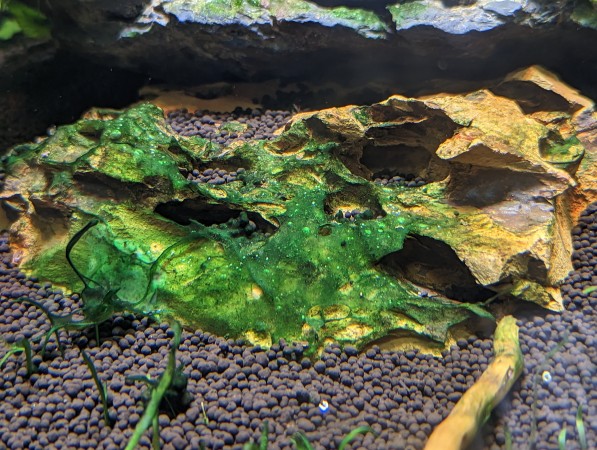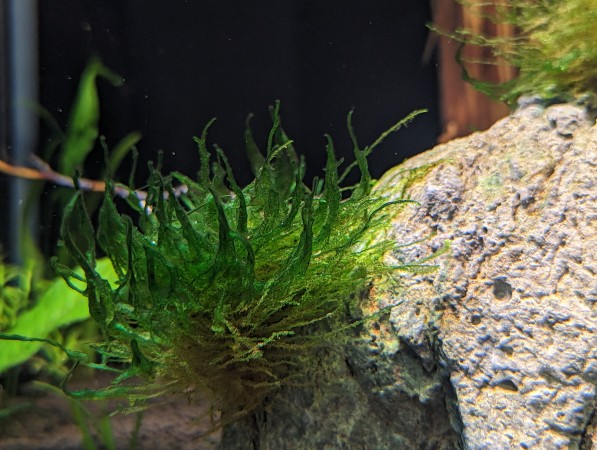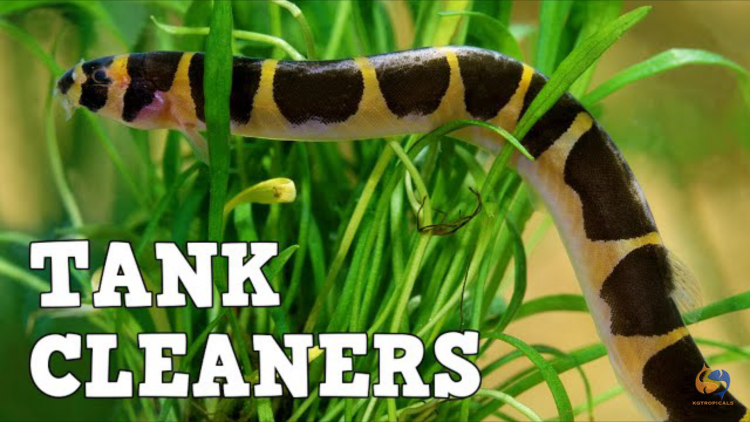Understanding Blue-Green Algae in Freshwater Aquariums: Causes, Prevention, and Treatment
- Mar 06, 2023
- PalaciosAn
- 1140 0 0

Blue-green algae, or cyanobacteria, is a common problem in freshwater aquariums. This type of algae is not an algae but rather a type of bacteria that can quickly take over a tank and cause several issues. In this article, we will explore the causes of blue-green algae, how to prevent it from growing, and how to treat an outbreak if it occurs.
Causes of Blue-Green Algae in Freshwater Aquariums
Blue-green algae can grow in almost any freshwater aquarium, regardless of its size or setup. The most common causes of blue-green algae include overfeeding, poor water quality, and inadequate lighting. Overfeeding your fish can cause excess nutrients in the water, which can fuel the growth of blue-green algae. Similarly, poor water quality, including high levels of nitrates and phosphates, can create an environment that is conducive to the development of this bacteria. Finally, inadequate lighting can cause an imbalance in the tank's ecosystem, leading to blue-green algae growth.
Preventing Blue-Green Algae Growth in Freshwater Aquariums
The best way to prevent blue-green algae growth in your freshwater aquarium is to maintain good water quality and avoid overfeeding your fish. This means performing regular water changes, testing your water regularly, and avoiding overstocking your tank. Additionally, providing appropriate lighting for your aquarium can help prevent the growth of blue-green algae. It's important to note that blue-green algae can also be introduced to your tank via live plants or other sources, so it's important to quarantine new plants and decorations before adding them to your aquarium.

Treating Blue-Green Algae Outbreaks in Freshwater Aquariums
If you notice an outbreak of blue-green algae in your freshwater aquarium, the first step is to address the underlying causes of the problem. This may involve increasing the frequency of water changes, reducing the amount of food you feed your fish or adjusting the lighting in your tank. In severe cases, it may be necessary to treat your tank with an algaecide. First, however, it's essential to choose a product that is safe for your fish and plants and to follow the manufacturer's instructions carefully.
Blue-green algae can be a frustrating problem for freshwater aquarium owners, but it can be prevented and treated with the right strategies. You can keep your tank healthy and free of blue-green algae by maintaining good water quality, avoiding overfeeding, and providing appropriate lighting. If an outbreak occurs, it's essential to address the problem's underlying causes and choose safe and effective treatment options. With a little bit of effort and attention, you can keep your freshwater aquarium looking beautiful and healthy for years to come.






About author
I have been in the hobby for a while, my main focus is automation. I am interested in doing aquaponics in 2018.